
SEPTEMBER 21, 22, 23, 2021
IVT VIRTUAL LIVE FEBRUARY 9 & 10, 2021
PROCEEDINGS NOW AVAILABLE TO VIEW
ON DEMAND – CLICK HERE FOR ACCESS
Times stated below are CEST (Central European Summer Time)
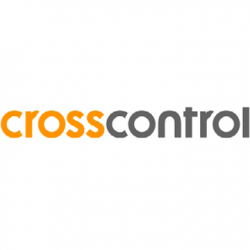 Dr Markus Wallmyr
Dr Markus Wallmyr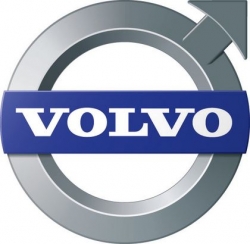 Roland Schling
Roland Schling Sebastian Lorenz
Sebastian Lorenz Michael Jendis
Michael Jendis Rahul Madhavan
Rahul Madhavan Chris Kosmala
Chris Kosmala Dr Lars Thielke
Dr Lars Thielke Ricardo Sales
Ricardo Sales Juha Artama
Juha Artama Gary Durian
Gary Durian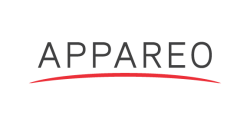 David Batcheller
David Batcheller Michael Jendis
Michael Jendis Dr Markus Wallmyr
Dr Markus Wallmyr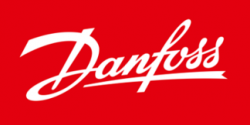 Idoia Maiz
Idoia Maiz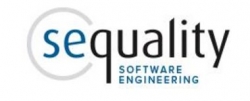 Stefan Larndorfer
Stefan Larndorfer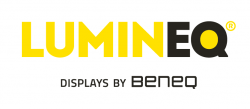 Ari Tervonen
Ari Tervonen Peter Krejza
Peter Krejza Christopher Gromek
Christopher Gromek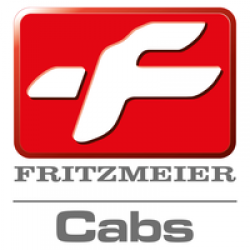 Andrei Jinariu
Andrei Jinariu Christian Wadell
Christian Wadell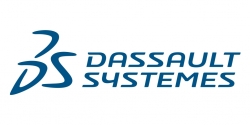 Xavier Melkonian
Xavier Melkonian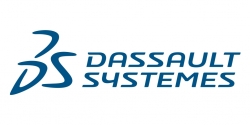 Dominique Galmel
Dominique Galmel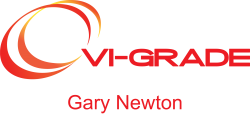 Gary Newton
Gary Newton Robert Henshaw
Robert Henshaw